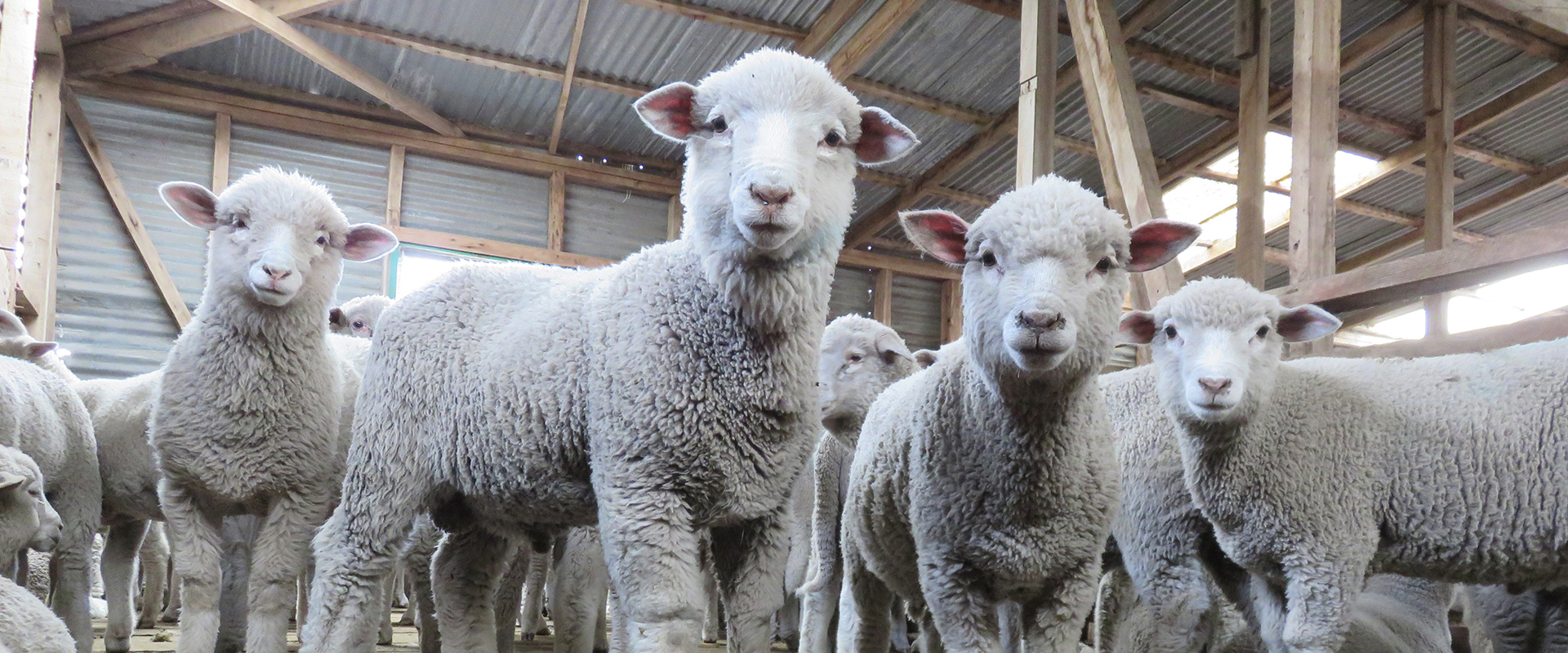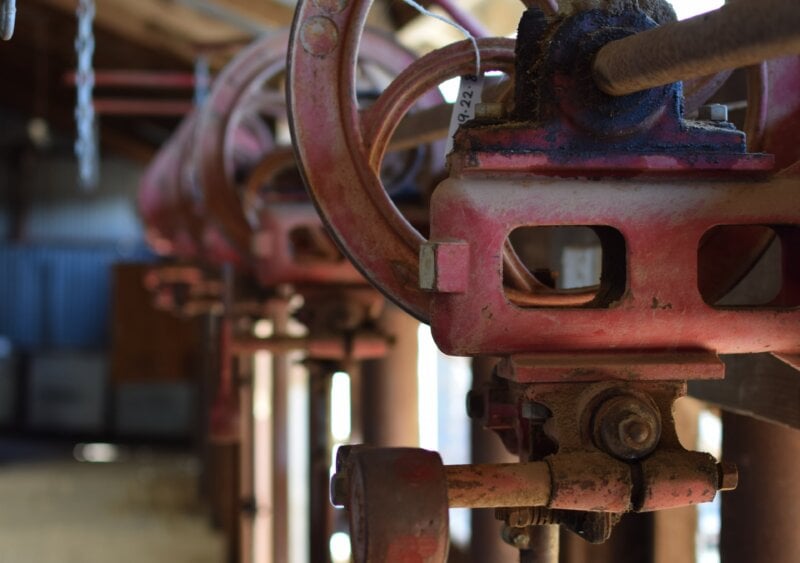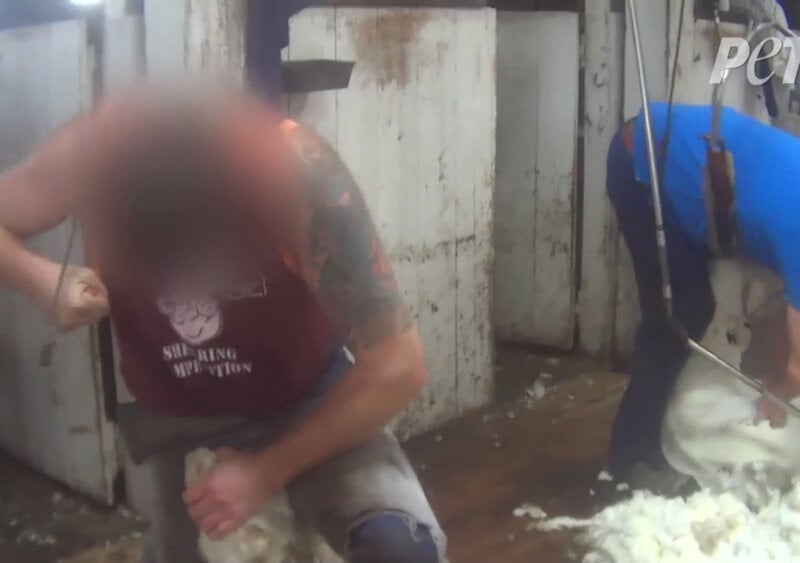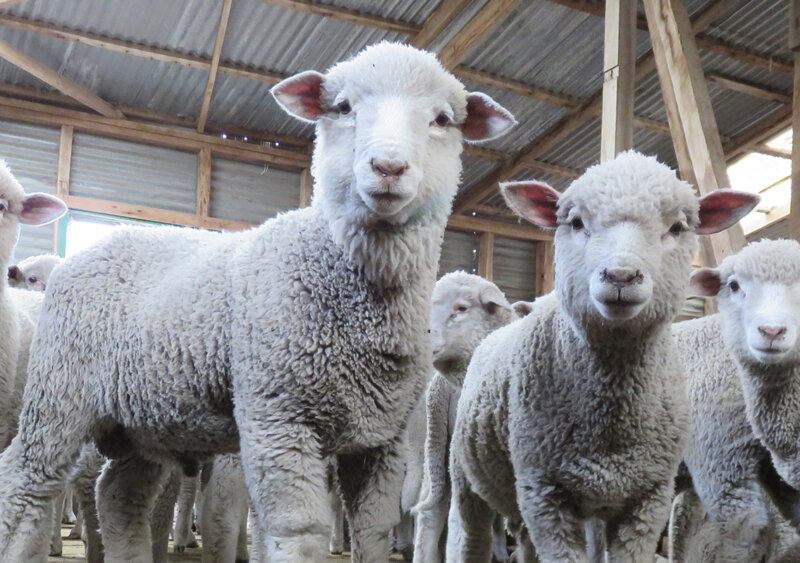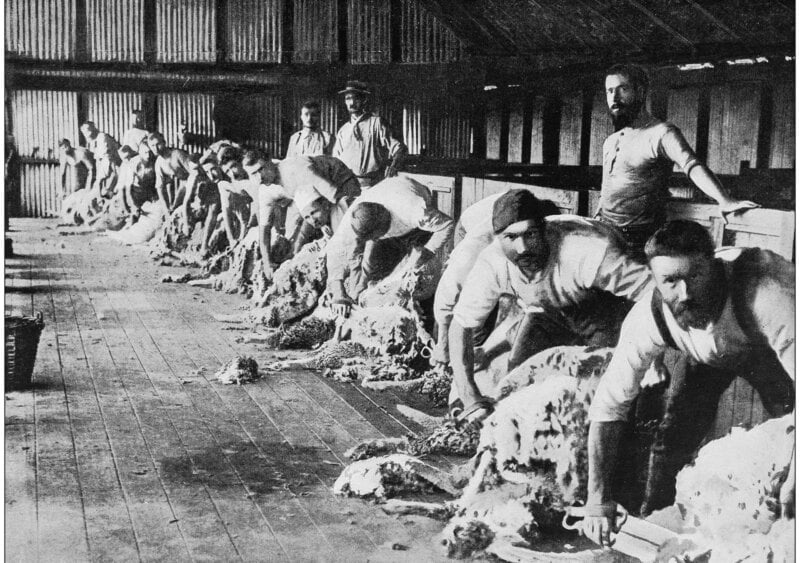Live Export and Human Rights
It’s not just the sheep discarded by the wool industry who suffer on ships, the human rights violations endured by crew are also well documented.
Dr Lynn Simpson worked as a veterinarian on such vessels for many companies as well as for the Australian Department of Agriculture for over a decade. In addition to exposing animal abuse as an eyewitness from inside the ships, she has also highlighted the safety concerns which have the potential to cause – or have already led to – serious issues for the crews.
 © We Animals
© We Animals“Animal sewerage” and “the odd body part” are dumped on blindfolded workers.
High temperatures on deck and around equipment are a serious health risk.
No On-Board Doctor
On the 57 voyages undertaken by Simpson from Australia to the Middle East, there was no medical doctor on board the ships. As a veterinarian, she was often called upon to treat sick and injured crew members.
 © Lynn Simpson
© Lynn Simpson“I sewed people up, replaced dislocated shoulders, reattached a nearly ripped off thumb. I likely saved an officer from losing his leg to gangrene”, she says.
Crew members who collapsed from heat stress were given IV fluids that Simpson made herself from catheters that she brought with her. None were ever provided on the ships.
Disturbing Crew ‘Initiations’ and Worrying Infections
Then there are the initiations. Rookies on their first voyage endure a “Crossing the Equator” initiation, in which “animal sewerage” and “the odd body part” are dumped on blindfolded workers for about an hour. Afterwards, high-pressure hoses are used to clean them off – running the risk of driving bacteria deep into the ears, eyes, nose, and mouth.
 © Lynn Simpson
© Lynn SimpsonInadequate Disease Prevention
The US Centres for Disease Control estimates that around 75% of emerging infectious diseases originate in animals, otherwise known as a zoonotic disease. A live export ship, with many stressed animals confined to a small space and surrounded by faeces and blood, is an ideal environment for such diseases to jump to humans.
Simpson wrote that ringworm – which can be passed from cattle to humans –“was on nearly every cattle voyage I did,” despite the fact that animals with ringworm are supposed to be rejected from travelling.
“Scabby mouth”, which is contracted by sheep and causes painful scabs on the lips, is also a rejection criterion – however, Simpson said it was “always present”. This can develop into a disease in humans called “orf”, which causes painful scabbing on the hands.
Other common diseases on ships include salmonellosis, conjunctivitis, and leptospirosis, which is spread by cattle urine and can lead to kidney failure.
Then there was the fact that crew members – especially those working on long contracts – often don’t know where they’re going, giving them no chance to research destinations and obtain the appropriate vaccinations.
Dangerous Temperatures Not Effectively Monitored
High temperatures on deck and around equipment are also aserious health risk. While crew members working in the engine room have short shifts and regular respite, those in extremely hot areas such as the fodder tanks – where the animals’ food is stored – don’t have such arrangements in place.
Even the temperatures on deck – which must be endured by workers during their shifts and by the animals constantly – are monitored by just one thermometer on each deck and only for the noon report, well before the day’s maximum temperature has been reached. This information is sent to the Department of Agriculture each day and gives a misleading picture of the conditions experienced by the crew and the animals.
Toxic Gases
Crew members on live-export ships are expected to work 12-hour shifts – generally from 6 am to 6 pm. On deck, they’re exposed to dangerous levels of ammonia, carbon dioxide, and non-toxic but highly flammable methane – from the animals themselves and their waste. While these gas build-ups are known to increase dramatically – particularly in hot weather – live-export ships don’t monitor or log toxic-gas levels, even though this is a basic precaution taken on most other vessels, including car carriers.
“What shocked me most [about live export] was the disregard for humanity and the poor conditions that many seafarers are forced to endure. Not just on live animal export ships, but also on many I witnessed in ports we worked in.”
– Dr Lynn Simpson
Everyone who sees the live export footage agrees it’s ghastly, but just imagine having to endure life on one of these ships for five weeks. It’s enough to make anyone sick.
